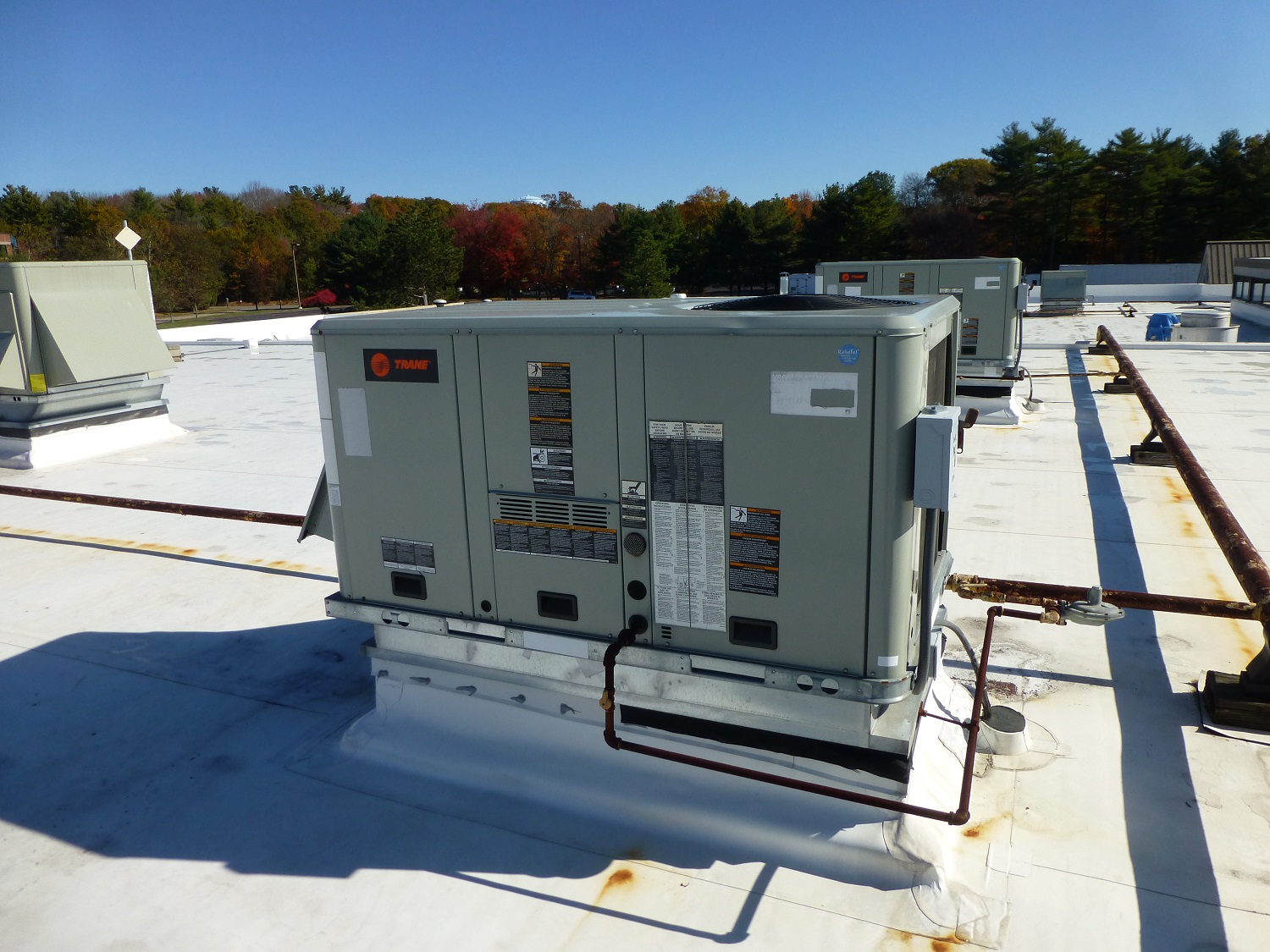HVAC start/stop is a function of an energy management system (EMS). The start/stop function helps optimize a building’s heating and cooling cycles, essentially through advanced scheduling. Optimizing HVAC start/stop helps achieve desired heating and cooling levels for the various spaces in a building throughout the day.
All EMS systems have an HVAC start/stop function; however, not all of them may be optimized for the specifics of your building. To optimize the HVAC start/stop function, some key data points are required, including the inside/outside air temperature, time of day, and the time necessary to bring the various building zones to desired setpoints.
Optimizing HVAC Start/Stop
Ensuring the desired temperature is met before a building is occupied supports thermal comfort. Similar to “just-in-time” supply chain management methodology, optimizing HVAC start/stop means activating the heating or cooling cycles at the latest possible time so that ideal temperature setpoints are met just as needed. Similarly, the same is true for the close of the business day, whereby the system is optimized to automatically turn off as needed. This is especially true if multiple tenants spaces are all controlled by the same system. By understanding the schedule and use of each space, the start/stop function can be optimized according to the needs of each tenant, rather than a whole building approach.
Energy Efficiency Gains
Heating or cooling unoccupied spaces is usually a waste of energy. HVAC start/stop can help pinpoint the exact time to start or stop the heating and cooling cycles throughout all areas of a building, switching to unoccupied setpoints to run the HVAC equipment less. This system function helps save energy and is great for normal business days, weekends, holidays, and even vacation periods.
Final Thoughts
Optimizing a building’s HVAC start/stop function can help save money and energy. A building’s HVAC start/stop function is normally set to default at the time of installation. By having a comprehensive understanding of the EMS system and building data, a building operator can configure the system to needs of each building tenant.




